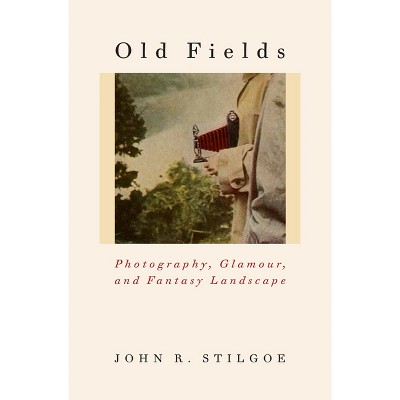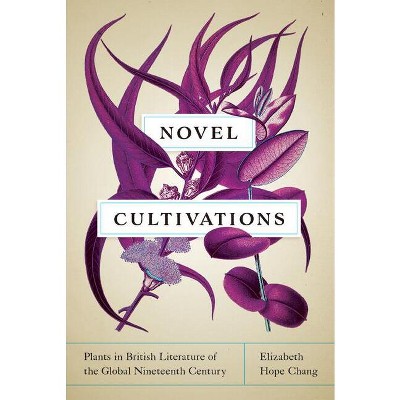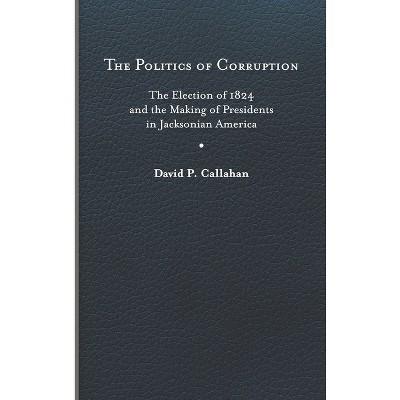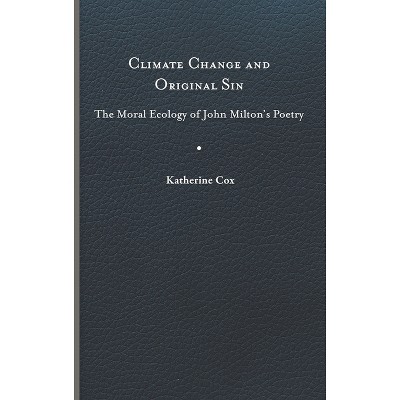About this item
Highlights
- After the American Revolution, sites representing key events in American history were crucial to the young nation's efforts to formalize its story.
- About the Author: Brian Black is Head of the Division of Arts and Humanities and Professor of History and Environmental Studies at Penn State Altoona.
- 288 Pages
- Photography, History
Description
About the Book
In Gettysburg Contested, America's treasured battlefield becomes the great laboratory for how Americans preserve and honor the past.Distributed for George Thompson Publishing
Book Synopsis
After the American Revolution, sites representing key events in American history were crucial to the young nation's efforts to formalize its story. Following the Civil War, national history became a primary vehicle for patriotic and spiritual reconstruction, and sites such as historic battlefields served important roles in remembering the past during the nation's subsequent challenging periods, including the Great Depression and the Vietnam War.
Gettysburg Contested traces patterns of commemoration back to the well-known field of battle of July 1-3, 1863, which earned a legacy as sacred ground that remains today, more than 150 years later. But the landscape history and record of preservation at Gettysburg are complicated, for Gettysburg has wrestled with large issues, ranging from public versus private development, to the role of local, state, and federal governments, to the actual implementation of memorialization on the battlefield.
Although the story of the battle is ingrained in the fabric of American memory, Brian Black's account considerably broadens the scope. Never before has Gettysburg's story been told so completely, offering layer upon layer, story upon story. Gettysburg thus becomes a springboard to understanding more fully the nation's need for sacred sites and symbols of America's past, including cherished landscapes such as Gettysburg. In Gettysburg Contested, America's treasured battlefield becomes the great laboratory for how Americans preserve and honor the past.
Distributed for George Thompson Publishing
About the Author
Brian Black is Head of the Division of Arts and Humanities and Professor of History and Environmental Studies at Penn State Altoona. His articles on preservation and environmental history have appeared in the Christian Science Monitor, Civil War History, and USA Today, among others. He is the author and editor of several books, including Nature's Entrepôt: Philadelphia's Urban Sphere and Its Environmental Thresholds and the four-volume Climate Change: An Encyclopedia of History and Science. Richard B. Megraw is Associate Professor of American Studies at the University of Alabama and the author of Confronting Modernity: Art and Society in Louisiana.
Shipping details
Return details
Trending Art, Photography & Design Books












